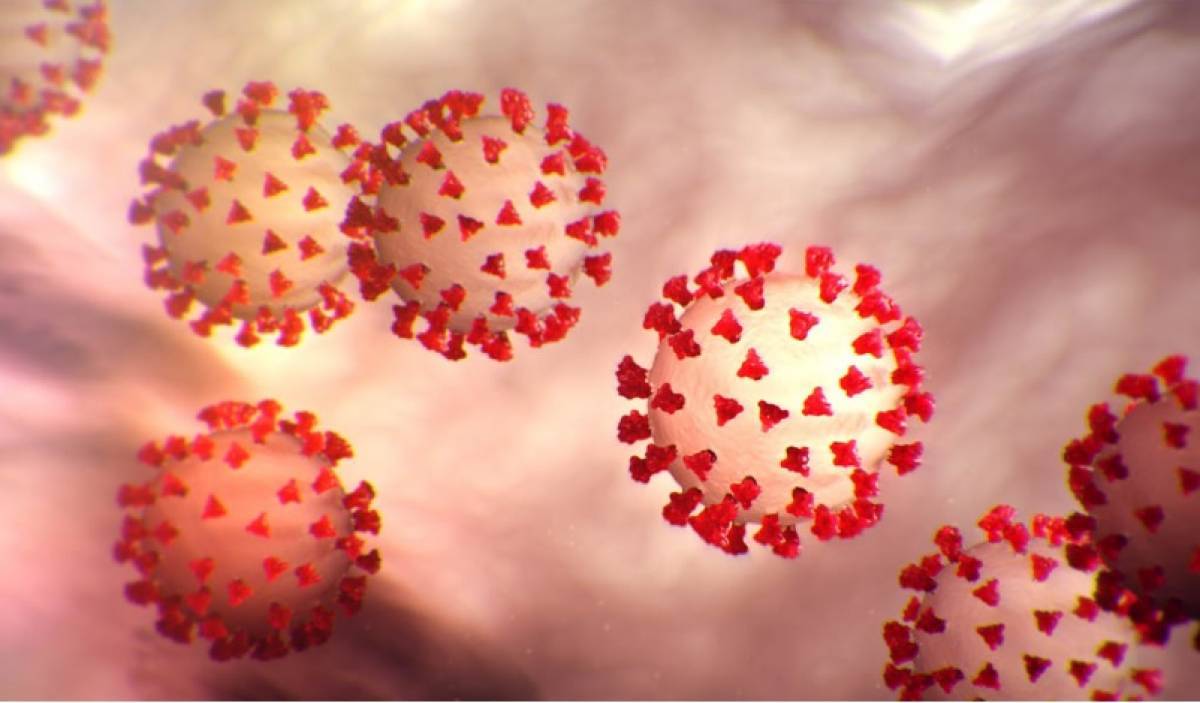Finding an effective vaccine against the coronavirus, which causes COVID-19, is a race against time. No vaccines exist as yet to protect people against infections by coronaviruses, including SARS-CoV-2 or the ones that cause SARS and MERS.
Moreover, while COVID-19’s potential to damage the lungs has long been known, many COVID-19 patients develop heart problems and die from cardiac arrest. Scientists are now beginning to suspect the virus can infect the heart muscle, according to Scientific American/Kaiser Health News.
Yet, as COVID-19 continues to wreak havoc globally despite indications of the curve flattening in some countries, many labs around the world are tirelessly pitching in to find a permanent cure. Here are some positive developments in this context.
SARS-CoV-2 infection replicates better in ferrets, cats
Researchers looking for animal models for COVID-19 infections to support urgent development of drugs and vaccines report that SARS-CoV-2 (severe acute respiratory syndrome coronavirus) replicates efficiently in ferrets and cats, making these candidate animal models for evaluating antiviral drugs or vaccines.
Jianzhong Shi and colleagues evaluated the susceptibility of different model laboratory animals, as well as companion and domestic animals, to SARS-CoV-2. Their study focused on ferrets, dogs, cats, pigs, chickens, and ducks.

All experiments were performed in biosafety level 4 facilities, following protocols for animal welfare. They discovered that SARS-CoV-2 replicates poorly in poorly in dogs, pigs, chickens and ducks but efficiently in ferrets and cats. In ferrets and older cats, it replicates in the upper respiratory tract, not the lung.
In studies of airborne transmission, they found SARS-CoV-2 was poorly transmissible in ferrets, but it transmitted via air in cats, particularly in juvenile cats. The full study can be accessed on the Science magazine site.
Antiviral treatment for COVID-19
Researchers from Cornell University initially set out to analyze the structure and characteristics of SARS-CoV and MERS-CoV (Middle East respiratory syndrome coronavirus), with a focus on the spike protein–specifically the fusion peptide–that allows these viruses to infect cells by transferring their genome.
As the current pandemic escalated, the researchers compared the biological sequences of the fusion peptides of SARS-CoV to SARS-CoV-2, the virus that causes COVID-19, and found them to be a 93% match.
Teams headed by Susan Daniel and Gary Whittaker is drilling down into the intricate procedure of membrane fusion–a critical part of the mechanism by which coronaviruses spread. Membrane fusion is a multistep process that begins with the virus recognizing that it’s found the right type of cell to infect.
The group found that calcium ions interacting with the fusion peptide can change the peptide’s structure, and how it interacts with membranes in ways that promote infection in MERS and SARS. The researchers are now turning their attention to SARS-CoV-2 because the fusion peptides are consistent in all three viruses.
They are hopeful the research can illuminate some of the chemistry-related questions surrounding COVID-19, such as how it was able to move into humans, what chemical cues facilitated that process, and why the virus is able to replicate so easily in the respiratory tract.
Can an engineered virus block coronavirus infections?
In this week’s edition of mBio, a journal of the American Society of Microbiology, a team of interdisciplinary researchers talk about a promising vaccine candidate against the MERS (Middle East Respiratory Syndrome) virus. They suggest that the approach they took for a MERS virus vaccine may also work against SARS-CoV-2.
The vaccine’s delivery method is an RNA virus called parainfluenza virus 5 (PIV5), which is believed to cause a condition known as kennel cough in dogs but appears harmless to people. The researchers added an extra gene to the virus so that infected cells would produce the S, or spike, glycoprotein known to be involved in MERS infections.
The MERS virus cannot replicate in mice, so to test the vaccine McCray developed a mouse model that mimics human infections. The mice had been genetically engineered to express DPP4, the protein used by the MERS virus as an entry point for human cells.
Lab tests showed that a single dose of the vaccine, given intra-nasally, effectively caused infected cells to produce the S protein, which in turn triggered immune responses against the protein in the animal host.
Works in mice for MERS
Four weeks after the mice received the vaccine, they were exposed to a strain of the MERS virus, adapted to the mice to cause a lethal infection. The MERS virus was also given to groups of mice that had received a different PIV5 vaccine–one without the genes for the S protein–or an intramuscular vaccine with inactivated MERS virus.
All the mice immunized with the modified PIV5 virus survived MERS virus infection. In contrast, all the mice immunized with the PIV5 without S died from the infection. The intramuscular vaccine of inactivated MERS virus only protected 25% of the mice from a lethal infection.
The mice that received inactivated MERS virus showed above-average levels of eosinophils, white blood cells that indicate infection or inflammation. The researchers say the study demonstrates that an intranasal, PIV5-based vaccine is effective against MERS in mice, and should be investigated for its potential against other dangerous coronaviruses, including SARS-CoV-2.
